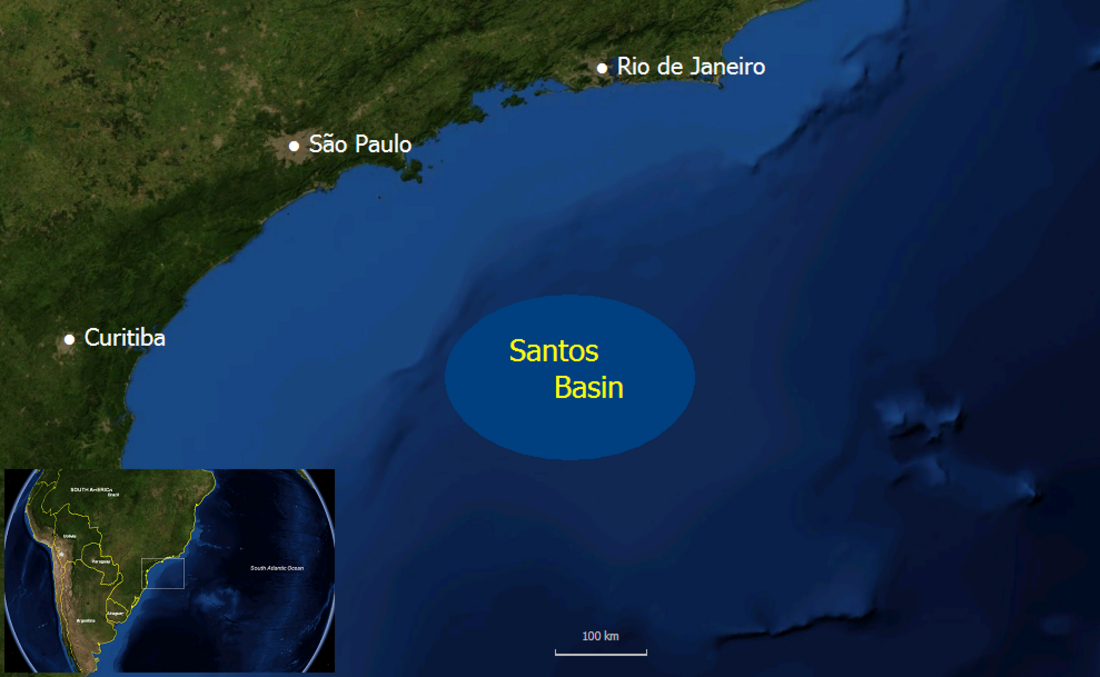Top Qs
Timeline
Chat
Perspective
Itanhaém Formation
Geological formation of the Santos Basin near Brazil From Wikipedia, the free encyclopedia
Remove ads
The Itanhaém Formation (Portuguese: Formacão Itanhaém) is a geological formation of the Santos Basin offshore of the Brazilian states of Rio de Janeiro, São Paulo, Paraná and Santa Catarina. The predominantly shale formation with marls, siltstones and sandstones dates to the Early Cretaceous period; Early Albian epoch and has a maximum thickness of 1,500 metres (4,900 ft). The formation is the reservoir rock of the Tambaú Field in the Santos Basin.
Remove ads
Etymology
The formation is named after the town of Itanhaém, São Paulo.
Description
The Itanhaém Formation is 517 to 1,500 metres (1,696 to 4,921 ft) thick,[1] and consists of dark grey shales, siltstones and light grey marls, ochre-brown calcisilts and subordinated sandstones. These facies change laterally into the coarse clastics of the Florianópolis Formation. Facies analysis indicates a marine environment ranging from sub-littoral (inner neritic) and more rarely to pelagic (outer bathyal) conditions. The age based on planktonic foraminifera and pollen is Early Albian.[2]
The formation is the reservoir rock of the Tambaú Field in the Santos Basin.[3]
Remove ads
See also
References
Wikiwand - on
Seamless Wikipedia browsing. On steroids.
Remove ads

